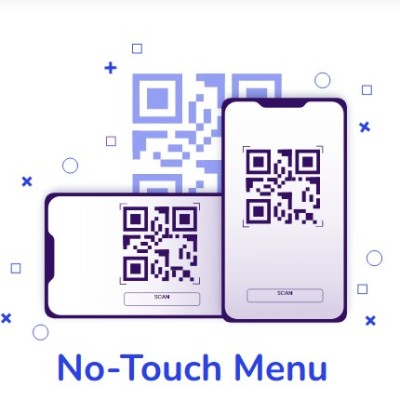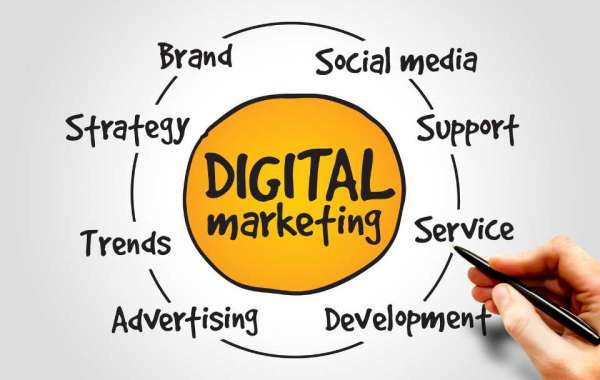The Science Behind DNA Ancestry Testing
DNA ancestry tests rely on genotyping and whole-genome sequencing to analyze genetic markers that are passed down through generations. Bioinformatics—the application of computational techniques to biological data—plays a crucial role in making sense of these vast genetic datasets.
Step 1: DNA Extraction and Sequencing
When you send in a saliva sample to a genetic testing company, your DNA is extracted and analyzed using techniques like:
- Microarray Genotyping – Scans specific locations in your genome for known ancestry markers.
- Whole-Genome Sequencing (WGS) – Reads the entire DNA sequence, providing a much deeper look into your ancestry and health-related traits.
Step 2: Comparing Your DNA to Reference Databases
Your DNA is compared to large reference databases containing genetic data from different populations worldwide. These databases are built from DNA samples collected from various ethnic groups.
Bioinformatics algorithms match your genetic markers to those in the database, estimating what percentage of your DNA comes from different regions.
Step 3: Identifying Genetic Variants and Haplogroups
Ancestry analysis also looks at:
- Autosomal DNA – Used to determine recent ancestry (within a few hundred years).
- Mitochondrial DNA (mtDNA) – Passed down from the mother, providing insights into ancient maternal lineages.
- Y-Chromosome DNA (for males) – Traces paternal ancestry and migration patterns over thousands of years.
By examining haplogroups, which are branches on the human genetic tree, bioinformatics can trace how your ancestors migrated across continents.
What Can DNA Ancestry Reveal?
Ancestry testing is more than just ethnicity estimates—it can uncover fascinating details about your past, such as:
✅ Regional Heritage – Discover where your ancestors lived and how they mixed with other populations.
✅ Migration Patterns – See how your family moved over centuries based on genetic markers.
✅ Neanderthal DNA – Some tests even reveal how much of your DNA comes from Neanderthals!
✅ Lost Relatives – DNA databases can connect you with distant cousins around the world.
The Role of AI & Machine Learning in DNA Analysis
Bioinformatics uses AI and machine learning to improve ancestry predictions by:
? Recognizing patterns in millions of DNA sequences.
? Refining ethnicity estimates as new genetic data becomes available.
? Identifying rare genetic markers linked to ancient populations.
As these algorithms evolve, DNA ancestry results are becoming more precise, offering deeper insights into human history.
Limitations & Ethical Considerations
While DNA ancestry tests are exciting, they also have limitations:
⚠️ Accuracy Issues – Estimates vary depending on the database size and genetic diversity.
? Privacy Concerns – Your DNA data is sensitive; always check a company's privacy policy.
? Incomplete Histories – DNA can’t tell the whole story; cultural and historical records also matter.
Despite these challenges, bioinformatics continues to revolutionize our understanding of ancestry, making the past more accessible than ever.
The Future of DNA Ancestry Research
With the rapid growth of genomic databases and AI-driven analysis, DNA ancestry testing will only get more advanced. In the future, we may see:
? Hyper-Accurate Regional Ancestry – Pinpointing exact villages your ancestors came from.
? Deeper Historical Insights – Connecting DNA results to historical events and migrations.
? Personalized Health Insights – Using ancestry data to tailor medical treatments.
Your DNA is a living record of history, and bioinformatics is the key to unlocking it. Whether you’re uncovering family secrets or tracing ancient migrations, science is bringing us closer than ever to our roots.
Are you ready to discover your genetic story? ??
? Share your thoughts! Have you ever taken a DNA ancestry test? What did you discover? ??









